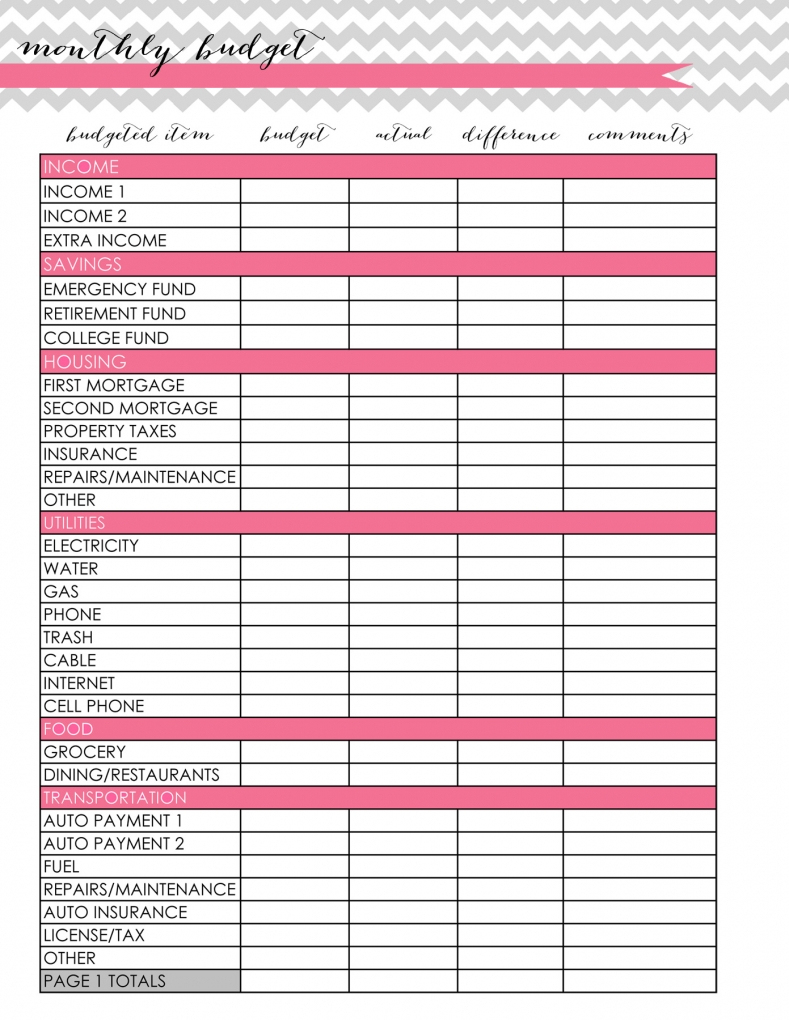

Since 2012, average expenditure has risen, increasing by 10.3% between 2012 and FYE 2019 once inflation has been accounted for. Spending on recreation and culture also increased, but to a much smaller degree. Other areas of expenditure that fell over this period include food and non-alcoholic drinks, restaurants and hotels, and household goods and services (such as household appliances, kitchenware, tools, and goods and services for housing maintenance).īy contrast, housing costs (excluding mortgages) rose during this period, up from an average of £70.80 a week to £76.60. The largest contributor was transport spending, which fell from £87.40 a week in 2006 to £70.30 in 2012.

The changing level of overall household spending has been driven by changing patterns across different categories of expenditure.īetween 20, average weekly spending fell by 7.5% after accounting for inflation, driven by falling spending across a wide range of categories (Figure 3). Household expenditure figures are on a financial year basis FYE 2002 to FYE 2006, calendar years 2006 to 2013, and financial years FYE 2015 to FYE 2019.ĭownload this chart Figure 2: The increase in average total household expenditure has stagnated since FYE 2017 Image.Figures have been deflated to FYE 2019 prices using deflators specific to the classification of individual consumption by purpose (COICOP) category.Further information on trends in overall household spending in relation to other sources is available in Section 3 of this bulletin. The trend in average household spending over the last two years mirrors that for average household disposable income, and lower income growth may have affected household spending over this period.Ĭonsumer confidence, measured as the OECD consumer confidence index (CCI), was also lower in FYE 2019 relative to the preceding years. The rate of increase has stalled over the last two years with no statistically significant change in spending since FYE 2017. Household spending has increased since 2012, rising from £536.80 a week to £582.40 in FYE 2017. This time period covers the 2008 economic downturn and subsequent recovery. Components of spending based on fewer than 10 recording households, or where the average rounds to 0, do not appear in the tree map.Īverage total household spending since FYE 2002 is shown in Figure 2.Mortgage interest payments, Council Tax and Northern Ireland rates are not included in Housing (net) fuel and power.Please contact Carla Kidd at for more information. We will correct this error when the next release covering April 2019 to March 2020 is published in March 2021. These errors were caused by a small number of questionnaire changes made in April 2018 not being reflected correctly in the LCF downstream processing systems. The overall impact is that average weekly household expenditure in the UK was underestimated by about 1%, while the interpretation of the statistics remains the same. To a lesser degree income (decrease of 2%) has also been affected. The biggest impact is on expenditure on transport (6% increase), specifically on loans or hire purchase of vehicles. View superseded versionĪn error has been identified in the Living Cost and Food (LCF) Survey which has been found to impact the Family spending in the UK: April 2018 to March 2019 release. The release and datasets have now been corrected. The errors were caused by a small number of questionnaire changes made in April 2018 not being reflected correctly in the LCF downstream processing system.

The overall impact is that average weekly household expenditure in the UK was underestimated by about 1%, while the interpretation of the statistics remained the same. To a lesser degree income (decrease of 2%) was also affected. The biggest impact was on expenditure on transport (6% increase), specifically on loans or hire purchase of vehicles. As announced on 4 March 2021, an error occurred in the Living Cost and Food (LCF) Survey which was found to impact the Family Spending in the UK: April 2018 to March 2019 release and datasets.


 0 kommentar(er)
0 kommentar(er)
